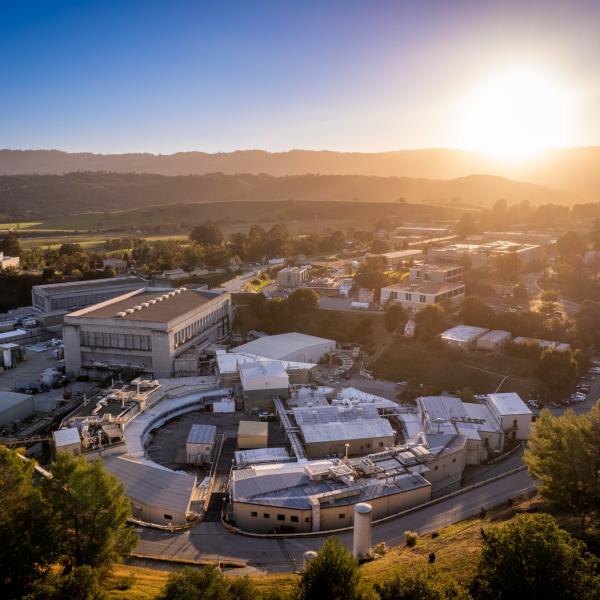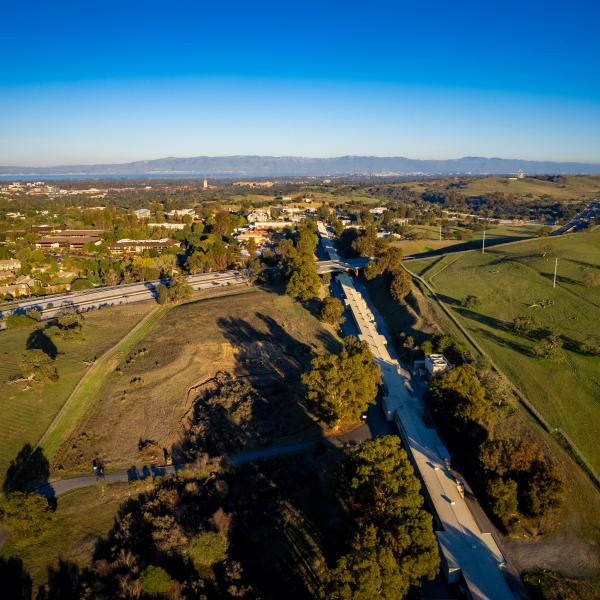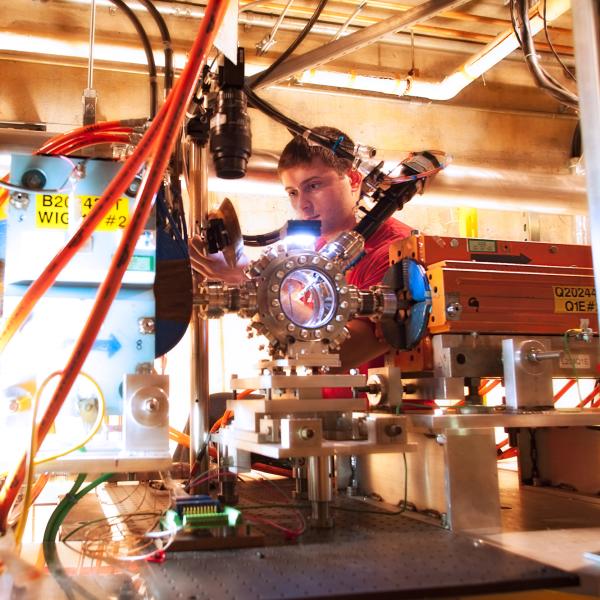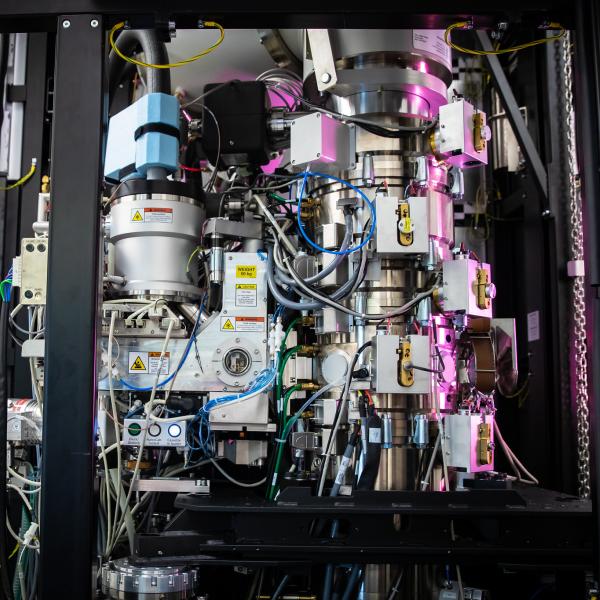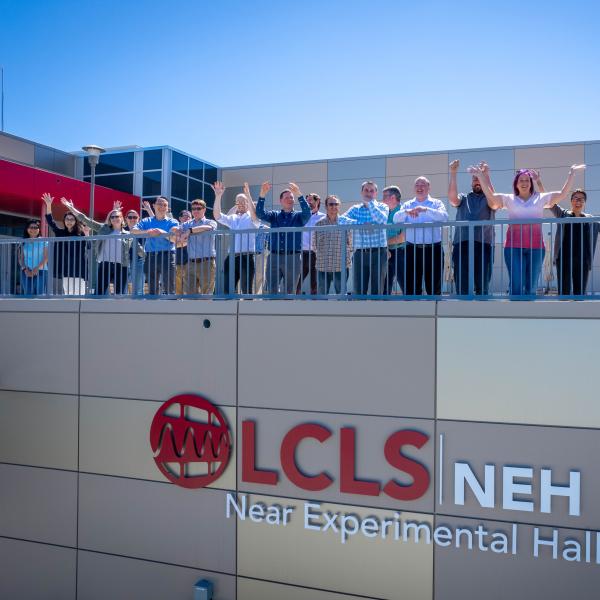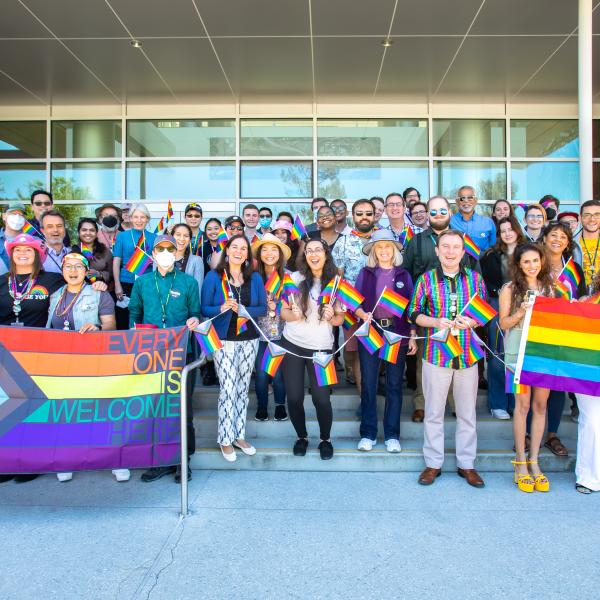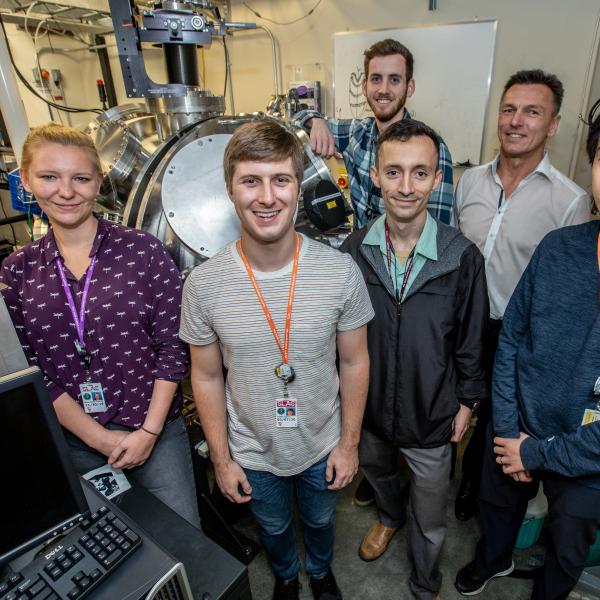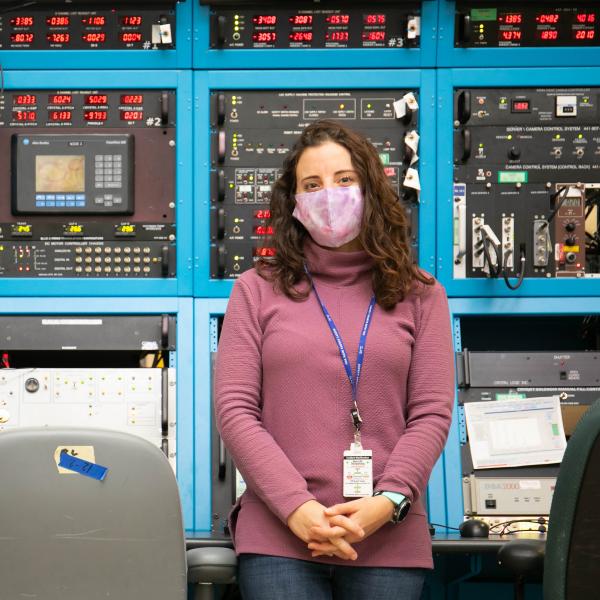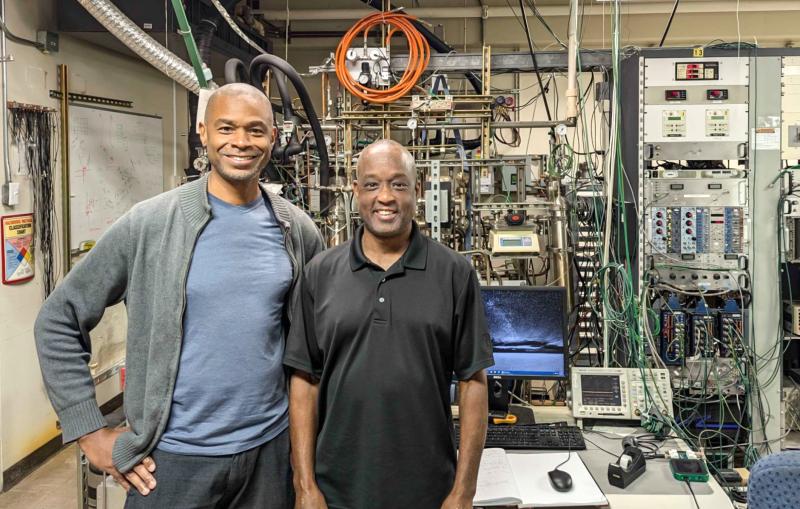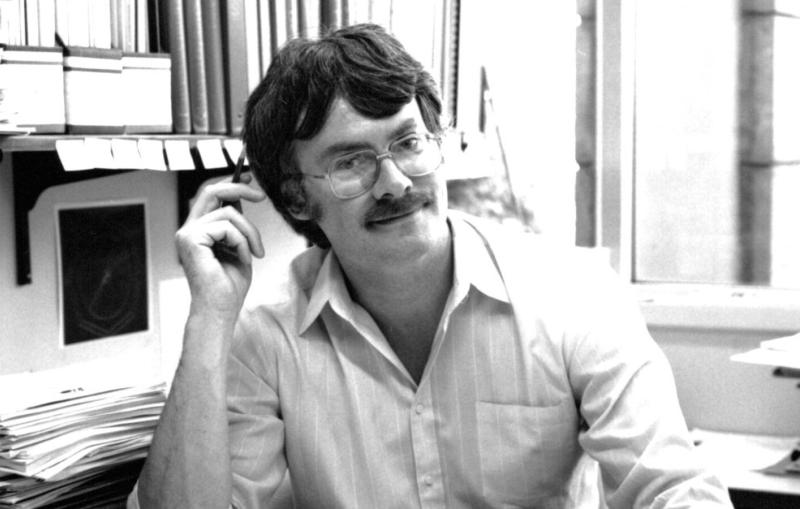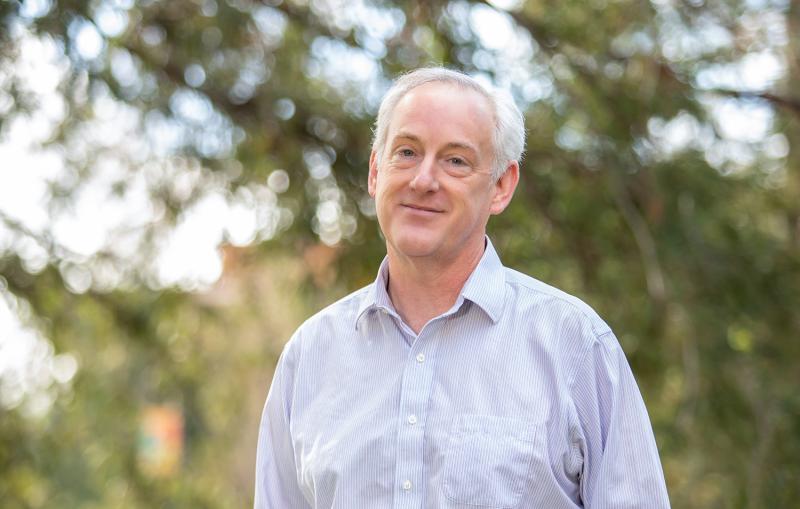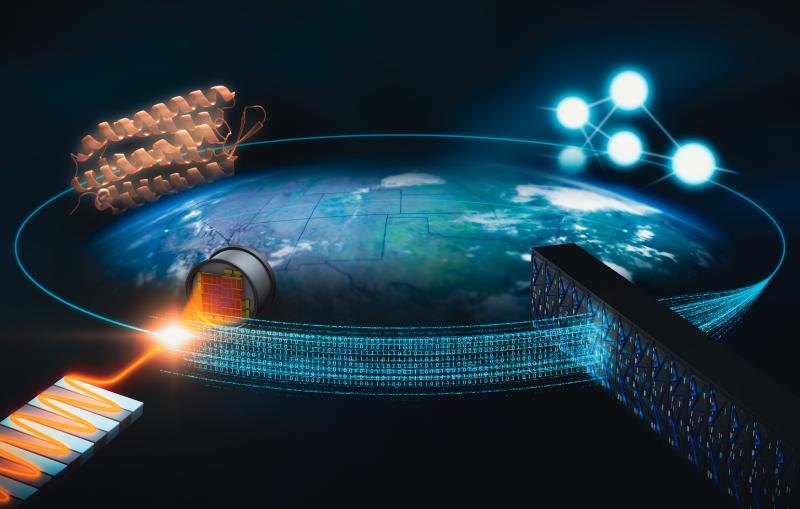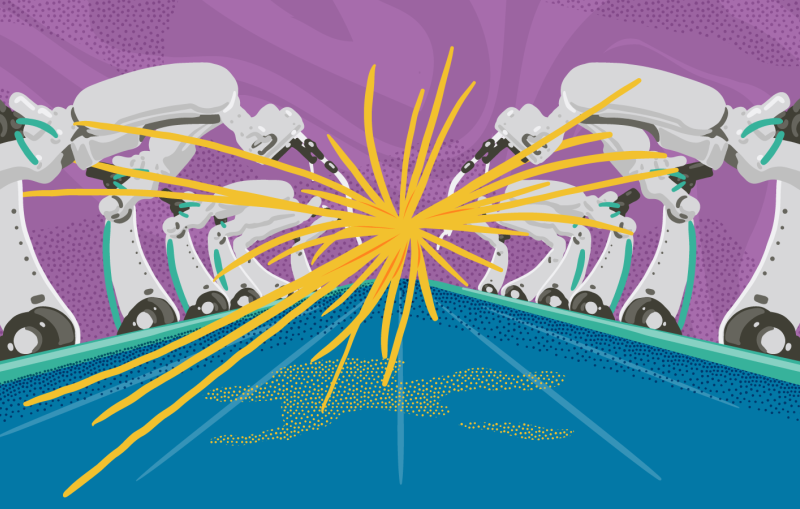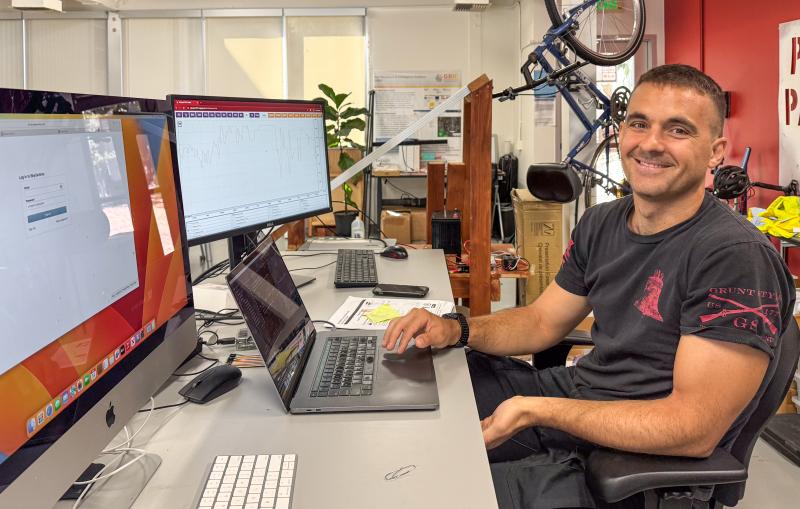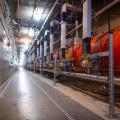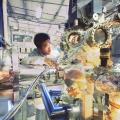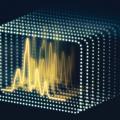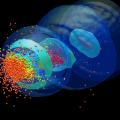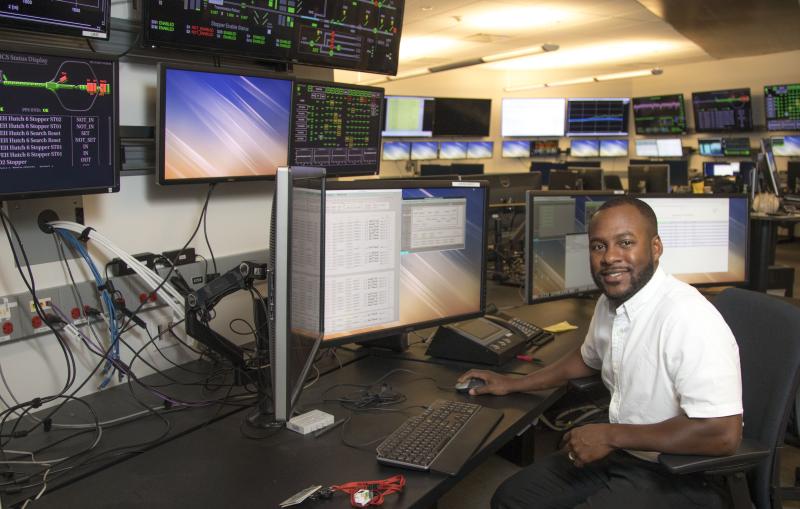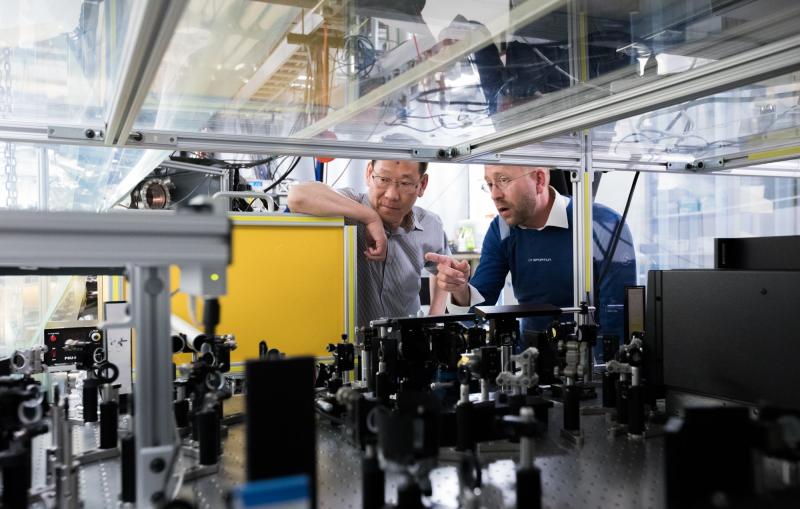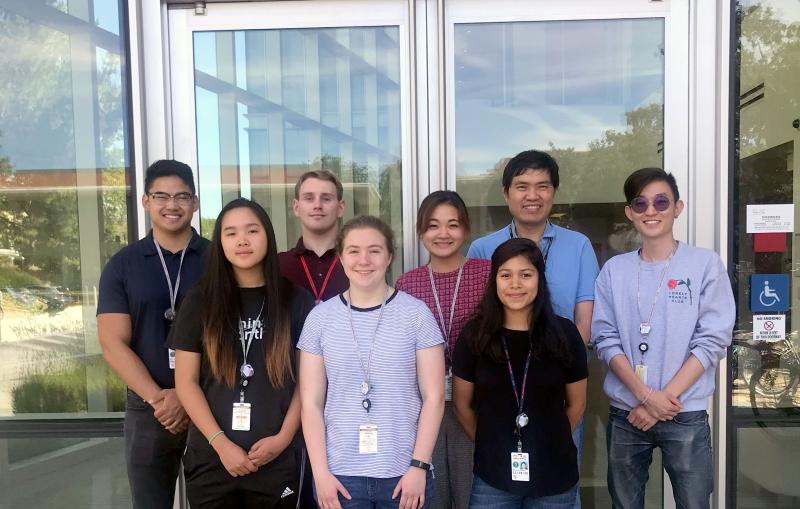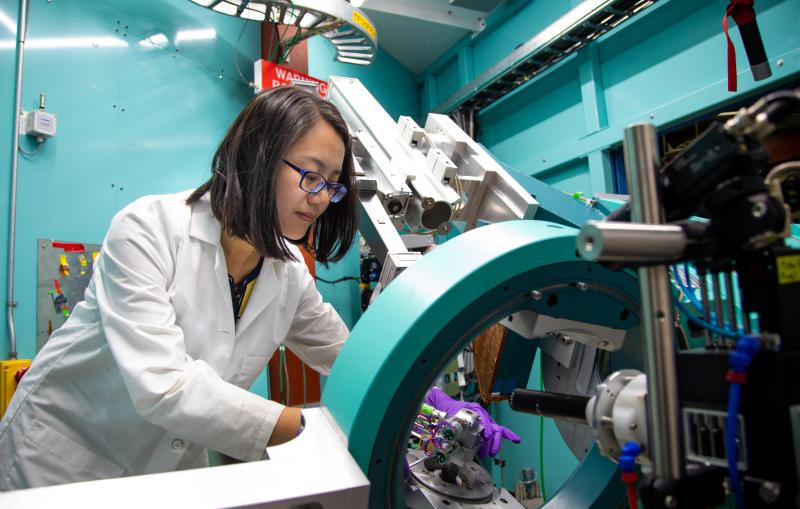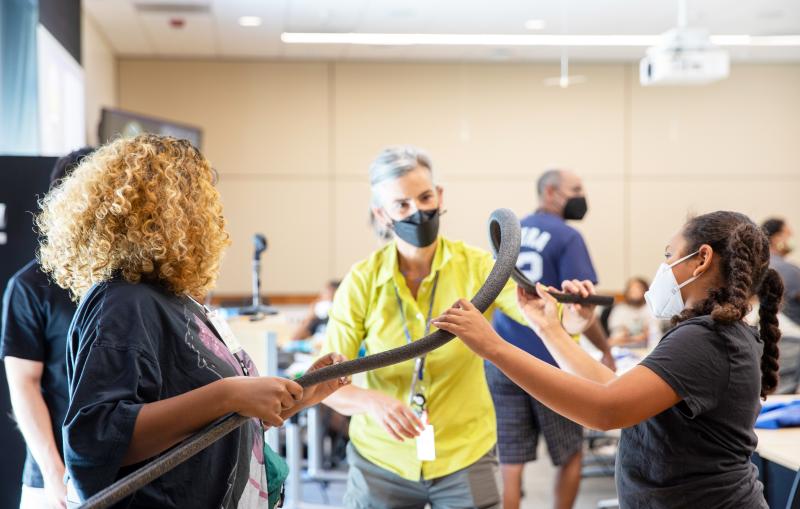Facilities & centers
At our large-scale facilities and specialized centers, scientists take advantage of powerful tools and unique expertise and collaborate with each other across a wide range of disciplines. Working together is what makes science tick.
SLAC people
To achieve our ambitious goals and keep SLAC a great place to work, the lab needs a creative, diverse and united workforce – people with a wide variety of experiences, ideas, skills and backgrounds.
SLAC news center
Scientists worldwide who conduct research at SLAC’s light sources shine light on latest discoveries and innovations in talks, workshops and discussions.
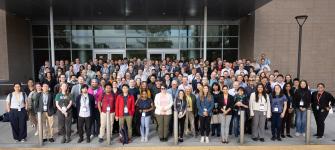
What’s happening
SLAC hosts a range of exciting events to raise awareness, inform, educate and connect with sitewide staff, the Stanford and local communities and the general public.
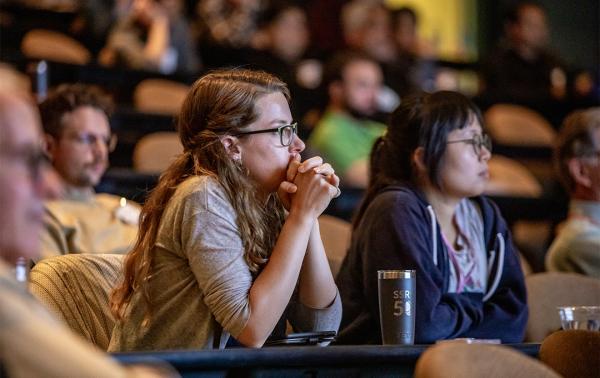
Lab DirectorSLAC is a vibrant community of diverse perspectives and expertise, all working together to solve some of the most pressing challenges of our times."

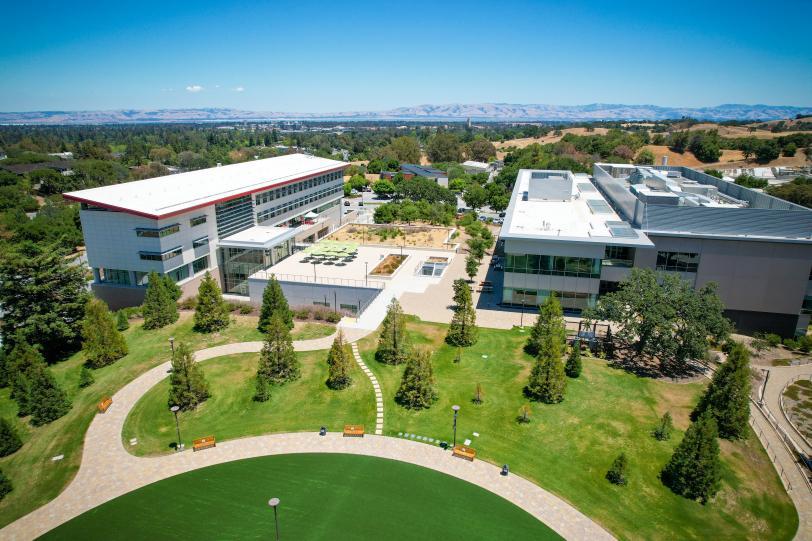
Who we are
SLAC National Accelerator Laboratory is a Department of Energy national lab run by Stanford in the heart of Silicon Valley. We invent scientific tools to explore the universe at its biggest, its smallest and its fastest.
Olivier Bonin/SLAC National Accelerator Laboratory
